How would you feel, if, while you were walking down the street, you see a billboard that says: “Hey, John Smith, we have those silver coat buttons that you have been looking for, come visit our store now – The Button Shop.”?
Sounds a bit creepy, right?
Well, guess what, this tactic works perfectly well when applied online. Targeting users with the most relevant message at the right time, can save them valuable time, and provide them with a great customer experience.
You see, it is all about the context, circumstances, and how you make use of the data you have obtained.
Using the same scenario, how would you feel, if while you were browsing online, you see an advertisement that says:
“Shop at The Button Shop – choose from thousands of buttons – metal, brass, silver, gold.”?
Chances are, you will appreciate the ad as well, since you have been wanting to purchase buttons. That is contextual marketing for you. Let us understand more about it.
Readers Also Enjoy: Nostalgia Marketing: The Art of Selling the Past – DevriX
What is Contextual Marketing?
Contextual, or context, marketing (also known as “smart” marketing) is all about making your content marketing personalized, and targeted, based on the data you have about your website visitors.
It is essential to nail the right timing, and the right message, which you will deliver to the proper audience in the proper channels. Does that sound complicated?
Imagine a great ad about facemasks in 2023. It is not the right timing, as it would have been in, say, 2019.
What about an awesome TV advertisement for the new book of J.K. Rowling? Sure, that is great, however, the target audience does not watch TV.
The coolest new candy bars have launched, and their slogan is “Black to the bone”, that does not sound like the most appropriate message, does it?
You get the point.
Now, let us elaborate a bit more about the advantages that a contextual marketing strategy can bring to your business.
Readers Also Enjoy: Retargeting 101: Search Vs. Sites [A Guide] – DevriX
How Does Contextual Targeting Work?
Contextual targeting uses the user data that is stored during a website visit. This data is used instead of cookies, and records the interest, and preferences of the user.
You see, when you place advertisements on your website, based on the content of your page, that is contextual targeting. It is great for both customers and business, since the first receive relevant ads, according to their needs, while the second gain the benefits of providing said ads, and an overall satisfying customer experience.
In general, there are three types of contextual targeting:
- Category contextual targeting. In this type of targeting, the ads are positioned on pages, based on the pre-defined categories of the pages. This is the simplest type of contextual targeting, and it is also the most inaccurate in terms of matching relevance.
- Keyword contextual targeting. Here, the advertisements are selected, depending on the specific target keywords. This type of targeting is much more flexible, and provides higher relevance to users.
- Semantic contextual targeting. This is, so far, the most advanced type of contextual targeting. It relies on artificial intelligence and machine learning to scan the contents of the web page, and serve the most appropriate ads, based on that.
A great example of how contextual ad targeting works can be observed in Facebook Ads. You know how when you join a new group, or like a page, you start seeing advertisements that are connected to them?
It is not that someone is stalking you, although it may feel like that at times, it is the hidden work of the contextual targeting that helps you see relevant ads.
Readers Also Enjoy: What Is AI as a Service? [Beginners Guide in 2022] – DevriX
Benefits of Contextual Marketing
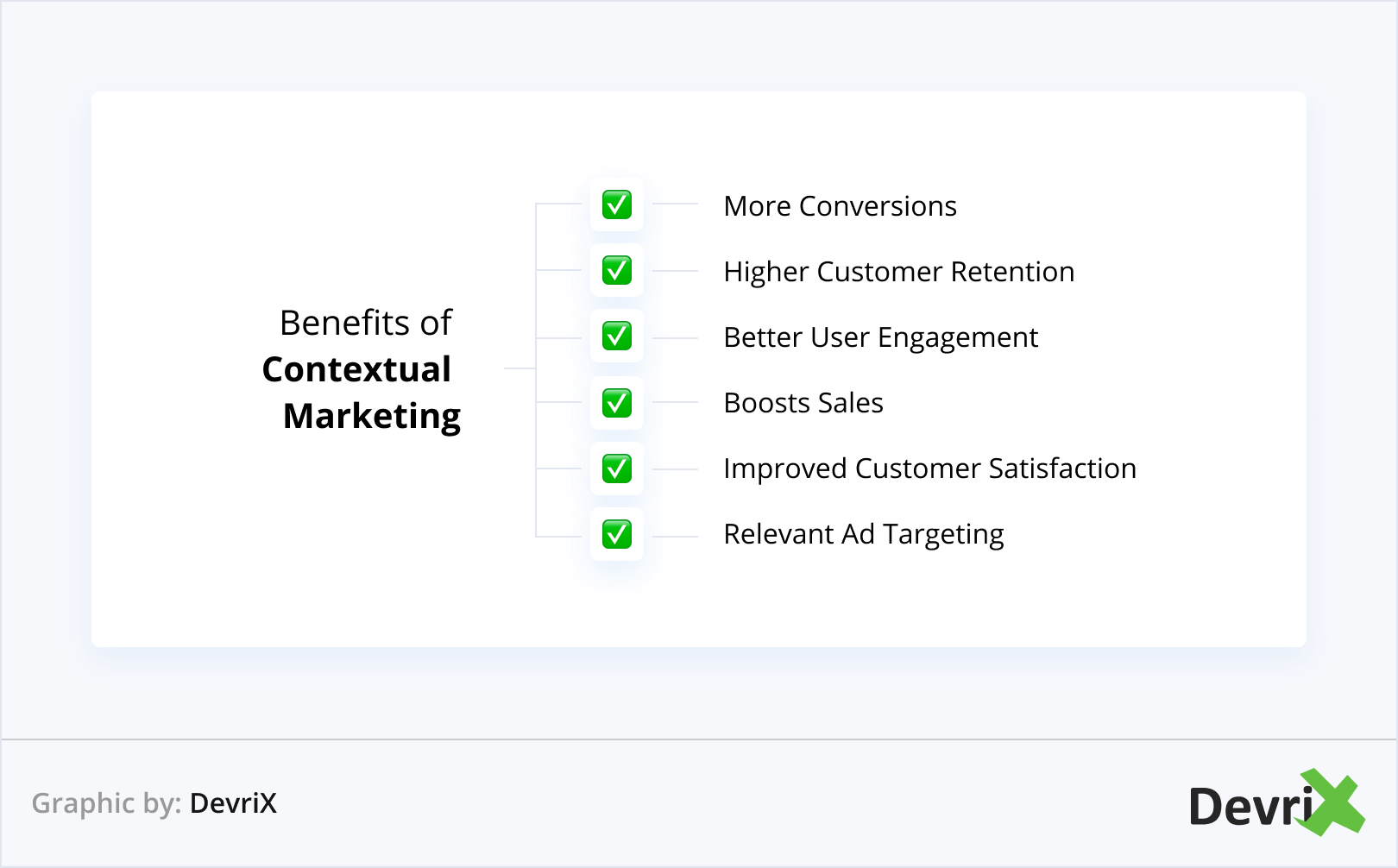
- More Conversions
- Higher Customer Retention
- Better User Engagement
- Boosts Sales
- Improved Customer Satisfaction
- Relevant Ad Targeting
1. More Conversions
It is only logical that contextual marketing can lead to higher conversion rates, since you, basically, provide highly-relevant suggestions to people that need said recommendations.
You are not targeting users with annoying ads that they have no interest in. On the contrary, the essence of contextual advertising is to provide helpful suggestions to customers during their point of need in the buyer’s journey.
Readers Also Enjoy: Marketing Funnel Content Mapping: Content Across the Customer Journey – DevriX
2. Higher Customer Retention
Once visitors turn into customers, it would also be easier to retain them, thanks to the contextualized targeting you have. This is due to the fact that you provide a relevant and personalized experience.
Thus, they are much more likely to continue doing business with someone they already trust, and know can give them what they want, and need.
Additionally, this is not your “typical” type of marketing, where users get annoyed by ads, and quickly hit the “unsubscribe” button or leave your website.
Readers Also Enjoy: 8 Ways to Increase Your Ecommerce Sales With Personalization – DevriX
3. Better User Engagement
Another great benefit of contextual marketing is that you have a higher chance to start an actual conversation with users, and engage with them.
You can also boost your brand awareness by offering products and services to people, without them having to specifically browse to find them. This action, on its own, helps you to boost their engagement, and your brand receives a welcome boost too, respectively.
Readers Also Enjoy: How Brand Recognition Helps You Improve Customer Retention – DevriX
4. Boosts Sales
Did anyone ask for more sales? Yes, incorporating contextual marketing practices can help you sell more. Why? Because, they feel more like personal recommendations from a friend, as opposed to spammy sales pitches.
Think of it this way. A person goes online and searches for a specific keyword. They see your webpage, and click on it. They are much more likely to make a purchase from you, since they are already interested in the product or service.
What is more, again, you will benefit from extra brand exposure.
Readers Also Enjoy: How to Use Scarcity in Marketing to Increase Sales – DevriX
5. Improved Customer Satisfaction
How do you provide customers with products and services in a way that is not invasive, yet manages to deliver on their expectations? The answer is, you guessed it, context marketing.
On top of that, giving customers an effortless shopping experience does count. A lot. It is no wonder that they will feel overall satisfaction, since they only had to perform a few mouse clicks, and they landed on the desired page.
Readers Also Enjoy: Effective Ways to Measure Customer Satisfaction – DevriX
6. Relevant Ad Targeting
Say goodbye to the irritating pop-ups. Third-party cookies will also soon be history. What is left is to rely on the data you are able to collect on your own, or, in other words, data you gather solely from visitors of your website.
Relax, this is a good thing. First, users are increasingly aware of the way advertisements targeting works, so they are getting more and more reluctant to just trust ads, generally.
Through the use of real time contextual marketing, though, users are less opposed to targeted ads, knowing that it is not based on their personal data, typically, but rather, solely on their experience with the particular website.
Readers Also Enjoy: 5 Ways to Adjust Ads for better Usability and Conversions – DevriX
Drawbacks of Contextual Marketing

- Ads Could Be Expensive
- Users Can Get Distracted
- Once Your Budget Is Over, the Ads Stop Displaying
- Limitations and Suitability
1. Ads Could Be Expensive
Lots of clicks on your ad does not necessarily mean a lot of customers will be coming your way. However, you will be charged, based on the number of clicks, and will probably continue to spend money if you want to keep your ad running, and some industries have a very high click price.
For example, some of the most expensive ad keywords for 2023 are:
- Business services – Average CPC: $58.64
- Bail bonds – Average CPC: $58.48
- Casino – Average CPC: $55.48
- Lawyer – Average CPC: $54.86
- Asset management – Average CPC: 49.86
- Insurance – Average CPC: $48.41
Keep in mind that ad keywords are also dependent on the season. For instance, you can advertise swimsuits throughout the year, but in the summer, the price for the ad will become higher.
Readers Also Enjoy: Quality Score Optimization: How to Boost Your GoogleAds Results – DevriX
2. Users Can Get Distracted
A major drawback of not only contextual advertising, but advertising, in general, is that more often than not, users get distracted by them, leaving them annoyed, and minimizing the chances of them clicking on an ad, and purchasing anything, respectively.
A lot of times, users that are searching for content, mindfully do not click on ads, since they recognize them as such. What is more, your ads will often be displayed right next to your competitors.
Readers Also Enjoy: How to Use Sponsored Content Without Annoying Your Audience – DevriX
3. Once Your Budget Is Over, the Ads Stop Displaying
No money, no ads. It is that simple. The biggest issue with advertising is that once your budget is over, all the exposure you had is immediately gone.
In contrast to SEO, where you can stay on top of SERPs for months, without making any changes, paid ads require constant efforts and fine tuning.
Readers Also Enjoy: 4 Ways to Drive Traffic to Any Website [Ultimate Guide] – DevriX
4. Limitations and Suitability
It is important to know that Google has some limitations when it comes to paid ads. For instance, in the medical industry, you cannot craft personalized ads related to diseases, prescription drugs, plastic surgery, etc.
Alcohol can only be advertised in certain countries, online tickets can only be sold by Google-certified ticket sellers, and so on.
On top of that, not all products and services are suitable for contextual advertising. For example, local shops, visited solely by the nearby residents, will not benefit that much from spending money on advertising their services to foreigners or people from other cities.
The same goes for highly-innovative products/services, simply because, perhaps, few people are searching for them online. Some highly-specialized services will also have no use of context ads.
Ultimately, make sure to consider your industry, business model, and potential limitations before you start your contextual advertising journey.
Readers Also Enjoy: Programmatic Advertising Explained – DevriX
What Is the Future of Contextual Marketing?
It is important to note that contextual marketing is still a relatively new concept. Moreover, it is still developing, so advertisers and marketers must keep track of any changes and updates.
Since, contextual advertising may yet have a long way to go before it’s perfected. It is still probably the best alternative to third-party cookies we have so far. With the ongoing development of technology like artificial intelligence, and machine learning, we are certain that the targeting models will evolve, and who knows where the limit lies.
Perhaps, in a decade, everyone will receive only personally-tailored ads, and everyone will be happy. However, only time will tell.
What are your thoughts about contextual advertising? Do let us know in the comments.
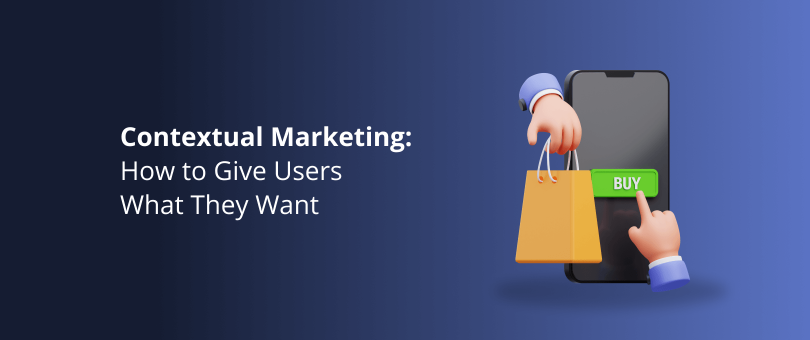
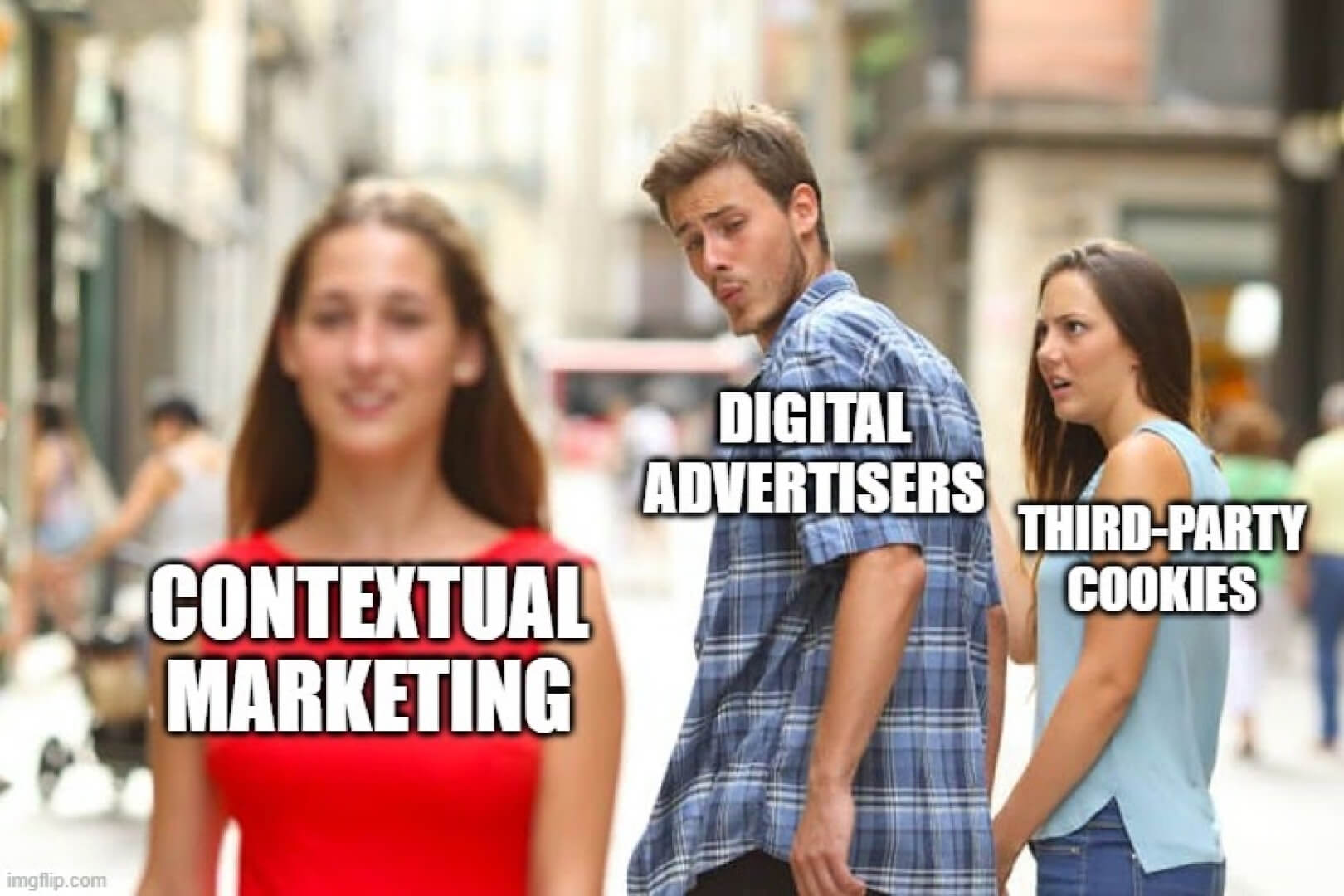

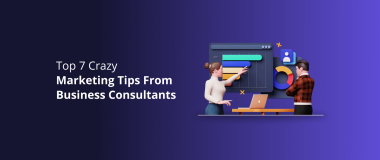
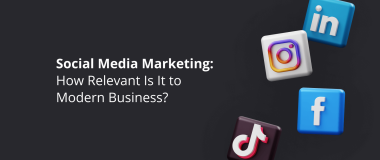
![[Infographic] 24 Fundamental Email Marketing Stats](https://devrix.com/wp-content/uploads/2018/01/Infographic-24-Fundamental-Email-Marketing-Stats-380x160.png)